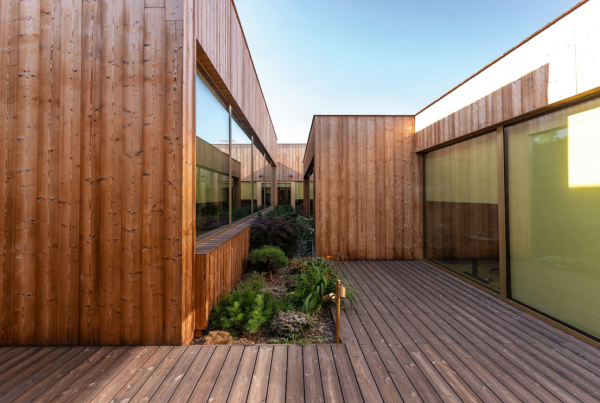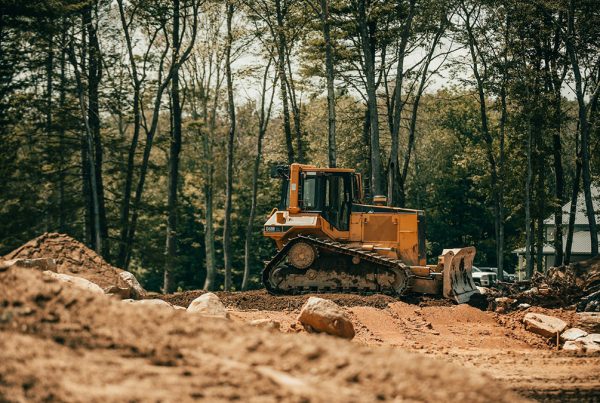Tennessee-based LEED Accredited Professional architect Mike Leonard recently wrote an article on what really matters in LEED certification.
Leonard makes an interesting point regarding the fact that appraisers have to take into account a fairly new factor in a building’s value, sustainability. With that, green building appraisal is becoming an important consideration in the real estate industry.
No doubt, LEED certification adds value to a property—it renders the building high-performance and thus allow it to save on operation costs. Additionally, companies are willing to pay more for a green building that’s trendy and reflects their bottom line.
* * *
Green Building Appraisal: a Different Approach
Basically, there are three approaches in real estate appraisal: the cost approach (where one determines the average cost of construction, plus land, and minus depreciation), the sales comparison approach (where one compares a property’s value with other similarly-featured properties that have been recently sold), and income approach (where one estimates the projected income a property can generate). Experienced appraisers, of course, know what methodology best applies to a particular case, as each approach has its strengths and limitations. They’re best used separately, not mixed.
As if to compound the problem of real estate appraisal, LEED poses an altogether different dynamic for buildings. According to Leonard, as of October of this year, there are only sixty (60) LEED-certified projects worldwide that are ten years old and above. The majority of LEED-certified commercial projects meanwhile are all relatively new.
For instance, when applying the cost approach to LEED buildings, the estimation of costs can get a little skewed. Many LEED features are expensive since cutting edge technology is used to improve the building’s performance—builders embrace the high cost knowing it’ll pay off in the years to come. As for the rate of depreciation, LEED buildings supposedly age better than conventional buildings, and it wouldn’t be fair to gauge them using regular depreciation rates.
* * *
Green Building Appraisal: Building’s Owner and User Perspective
Leonard says a building’s value depends on whom you’re asking, whether it’s the building’s owner or the user/occupant.
“For a building user, the value may hinge on factors such as building aesthetics, location and quality of indoor environment. In some cases, visible sustainable features such as vegetated roof gardens and solar panels that emphasize a corporate brand also affect building value.
“Less discussed, but more precisely measured and articulated, is a building’s value to its owners, developers and investors. In this case, value is the function of a calculation based on occupancy rate, market forces and, above all, net operating income (NOI). In short, the lower the costs, the higher the NOI, and the higher the building’s value.”
It’s all a matter of perspective then—the tangibles versus intangibles, the present versus the future. While the user values a building based on what he/she currently enjoys from any or all of its aspects, a building’s owner values a building based on what he/she can get from it in the future.
Often, it’s hard to put a price tag on those precious intangibles that the end user puts a premium on. And here, Leonard advises that appraisers also consider the building’s end user as much as the owner. Green building appraisal can be both financially-profitable for the owners as well as empowering for the users.
As sustainable design steadily becomes the norm, appraisers have to have knowledge of LEED certification for them to better value green buildings. That puts them one step ahead of their peers, gives green buildings their due worth, and inspires the market to see and make the difference.










